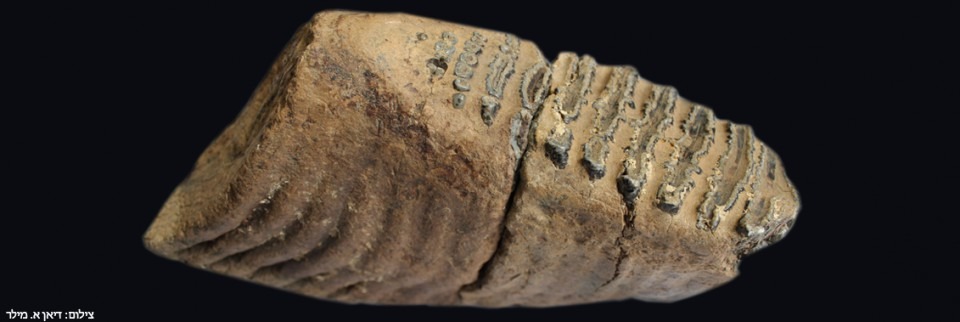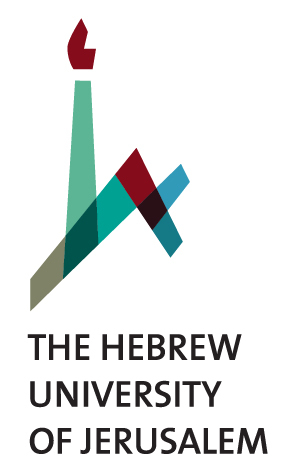Archaeozoology and Osteology

StaffProjects ResearchesSubcollectionsOur partners
The archaeozoological and osteological collections include hundreds of sites representing the history of the fauna in Israel from the Pliocene to the Holocene, and hundreds of vertebrates from different geographical regions of Israel and neighboring countries.
New sites are constantly being discovered throughout the country and a significant part of the findings end up in our collections.
Contact info
For general issues, you can contact the director of the collection by email
Regarding visiting, requests for sampling, depositing and borrowing items, information can be found on the Procedures And Forms page.
Our Projects
Conservation
Conservation work in the national nature collections at the Hebrew University is carried out both with collections from the past (paleontology and archaeozoology) and with modern collections (zoology). Various aspects of the conservator's work in the collections include:
# Direct conservation of individuals and collections, such as through treatment of paleontological, archaeozoological and (modern) zoological findings. For example, the conservation project of elephant skeleton parts from the prehistoric site Arak al-Ahmar (1.5-2 million years before our time). The finds were treated at the site itself during the archaeological dig, and the treatment continued afterwards in the paleontology laboratory with the aim of preparing the material for research purposes, and in the future - also an exhibition. The same was done with regards to finds from Revadim site, whose preservation process was published in the article (Beiner et al., 2013).
# Subjects related to preventive conservation, such as climate monitoring, storage improvement and collection maintenance protocols. The new collection room of the bird collection named after Israel Aharoni serves as an example of improvements in the storage and documentation of the collections. All the details in this collection go through a care and preservation process, and all are documented in the new database built for the collections.
# Research in the field of conservation, which aims to develop methods and protocols for conservation work in nature collections (for example Beiner et al., 2015).
Students from recognized study programs for professional retention are invited to apply for an internship, please contact Gali Beiner gali.beiner@mail.huji.ac.il

Digitization and documentation
Dvir Avraham, a photographer in the collections who works in collaboration with the researchers and students in the collection, documents the items using advanced photography and scanning techniques in order to produce high-quality images that accurately represent the texture, color and shape of each specimen, as well as creating three-dimensional models that serve as a "digital twin". The resulting images and models are used for digitization, research and publication purposes.
Subcollections
- The archaeozoological collection
-
The archaeozoological collection includes hundreds of sites from the quaternary that are landmarks in human history in the region from a million years ago to historic times. Through these assemblages, models of the foraging of the ancient hominidae, the exploitation of animals by man, hunting, eating carrion, intensive gathering, domestication, the production of secondary products, the economy of urbanization and ethnicity are revealed. The richness of the collections is a center of attraction for researchers and students from Israel and abroad. In addition, reconstructing the range of animals allows studying the reconstruction of the distribution of animals in our region before overpopulation, hunting with firearms and destruction of habitats.
- The osteological collection
-
The osteological collection of the vertebrates includes details from different geographical areas of Israel and neighboring countries, which were collected in the last 60 years. Prof. Israel Aharoni is the founder of the zoological collections at the beginning of the 20th century, following him researchers and students continued the collection for teaching and research.
The collection includes rare species, extinct and endangered species, as well as details on which species were described (TYPE). From the very beginning the details in the collection included all the parts of the skeleton and each detail was given a number. In recent years, the number identifying each individual has been recorded on each body part. The rodents (about 200 individuals) also include whole individuals.

